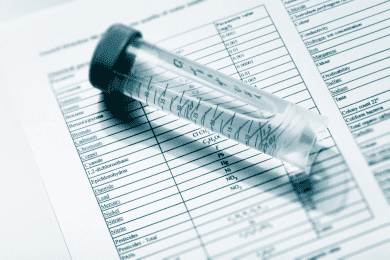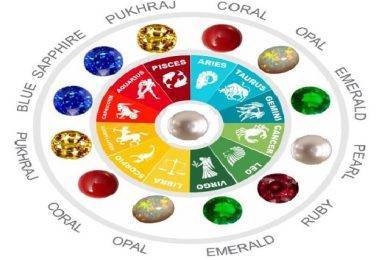Everyone has been there. You feel like you need to use the bathroom, but you just can’t go. Maybe it was something you ate. Or maybe you have an underlying condition in your digestive system.
In either case, a laxative might be right for you. One of the most common types of laxatives is polyethylene glycol. But what is polyethylene glycol? How can it help you? Keep reading to find out.
What Is Polyethylene Glycol?
First, we need to answer “what is polyethylene glycol made from?” Polyethylene glycol, also called PEG, is a polymer made from ethers. Ethers consist of an oxygen atom attached to two alkyl or aryl groups.
In the case of polyethylene glycol, the oxygen atom is attached to two molecules of methylene. These each consist of one carbon atom and two hydrogen atoms.
The ethers connect to each other to form a chain in the middle with a hydrogen atom on one end and a hydroxide ion on the other. Depending on how many ethers form the chain, polyethylene glycol can have different lengths for different properties.
Specifically, PEG refers to chains that have a molecular mass of less than 20,000 grams per mole. Longer chains are polyethylene oxide, or PEO. Together, PEG and PEO are both polyoxyethylenes, or POE.
Despite the subtle differences, in practice, people tend to use all three of these terms interchangeably. When the chain is shorter, the atoms on the end have more of an effect on the molecule’s properties.
When they are longer, the groups in the middle dominate the molecule’s behavior. For this reason, different chain lengths are used for different purposes.
What Is It Used For?
Polyethylene glycol has many uses ranging from medicine and biology to chemistry and industry. However, its most common use is as a laxative to treat constipation or irregular bowel movements.
Doctors also recommend polyethylene glycol before procedures like surgeries or colonoscopies. When using PEG for medical purposes, always consult your doctor for recommended usage and possible side effects.
Although some sources claim that polyethylene glycol antifreeze is a reason to distrust its use in medicine, the type found in antifreeze is very different chemically from that used in medicine.
Another use for polyethylene glycol is in foods and beverages. Food grade PEG acts to prevent foam from building up in some foods and drinks, prolonging the life of the product.
It is also used as a lubricant or solvent in many chemical and industrial applications. To learn more about how to use polyethylene glycol in industry settings, you can find more information at www.umbrellachemical.us.
Next Steps
Now that we’ve answered the question “What is polyethylene glycol?” and explored some of its uses, feel free to do some research on your own to find out if it is right for you.
If you enjoyed this article, please share or check out some of our other great content from lifestyle and entertainment to tech and travel!
I am Jones Smith and I am here to share my experience and expertise in writing. I’ve been writing articles for different publications for more than 6 years. I have a varied range of interests and that’s why I love blogging about different topics. In my opinion, blogging is a lot like acting, and I consider writing blog posts as an acting job. I am an entrepreneur by heart and there is nothing big or small when it comes to starting a business.











